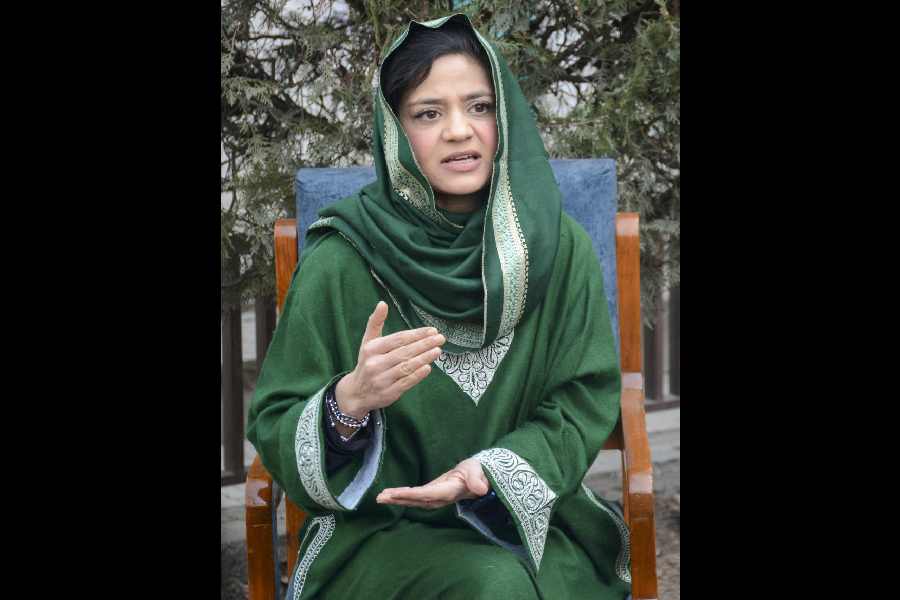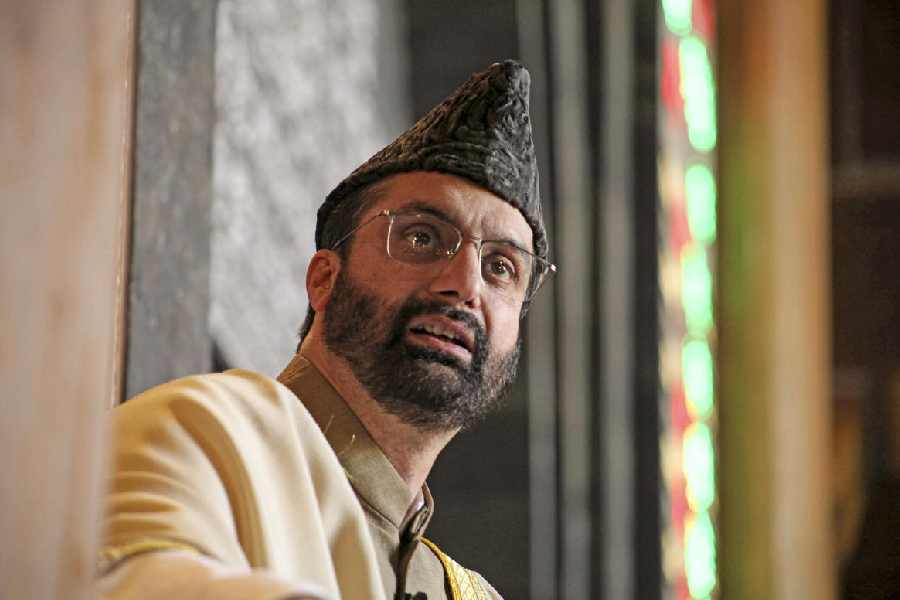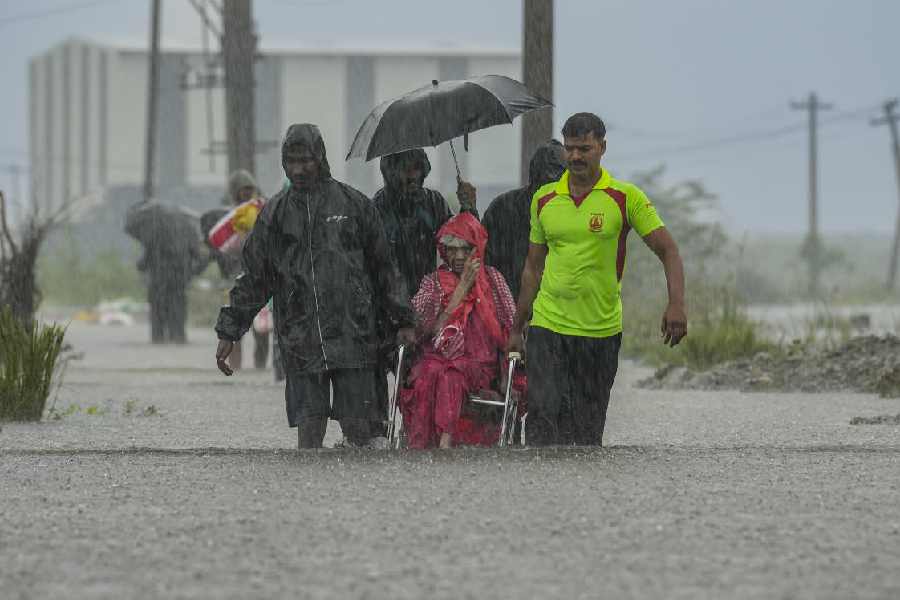 |
Siliguri, Sept. 5: The meandering sparkle of blue and green has inspired the life and culture of north Bengal for ages. The Teesta is to the region what the Ganga is to south Bengal: the floodplains of both sustain life.
The first prominent mention of the Teesta in Bengali literature can be found in the works of Bankim Chandra Chattopadhyay. The river is the backdrop for his novels Anandamath and Debi Choudhurani.
Published in 1882, Anandamath is set against the backdrop of the Sanyasi Rebellion in the late 18th century. Although the Teesta is not referred to by its name, the novel mentions a river along whose banks is located the Baikunthapur forest, where the protagonist, Kalyani, loses consciousness while fleeing her persecutors.
Later, rebel monks give shelter to Kalyani and her husband Mahendra in the Baikunthapur forest on the banks of the river. A major portion of the novel, which has the song Vande Mataram, is set in the area.
As the rebellion took place in Baikunthapur, the river is presumed to be the Teesta. The forest still exists on the floodplains of the Teesta.
Bankim Chandra was the deputy magistrate of Bangladesh’s Rangpur district when he wrote the novel. Jalpaiguri, through which the Teesta passes, was then part of Rangpur.
“The Teesta was mentioned as Trisrota in Debi Choudhurani. It is on this river that (bandit) Debi Choudhurani plied her luxury barge. We have detailed descriptions of Rangpur and Baikunthapur of those days in the novel,” said Asrukumar Sikdar, a prominent writer and academic of north Bengal.
The book describes how Debi Choudhurani fought the British fleet on the river and used the forest along the banks as her escape route.
Debi Choudhurani has a temple to her name in Jalpaiguri’s Rajganj block, where she and her mentor Bhavani Pathak are worshipped even today.
The Teesta derives its name from Trisrota or three streams. An expert on north Bengal rivers said the three streams were the Karatowa, Punarbhava and the Atreyee. “The Punarbhava dried up, the Atreyee changed course and the main river was Karatowa,” he said.
The Teesta is now fed by the Dzongu glacier in Sikkim and passes through north Bengal before entering Bangladesh, where it merges with the Brahmaputra.
“Several plays, dance dramas, songs and poems have been penned on the Teesta,” said C.K. Shrestha, a theatre personality from Kalimpong.
“The river has a huge influence on our social, cultural and religious lives. Marriages and funerals are held on its banks. Sankranti rituals are also held on the Teesta’s banks. It is as pious as the Ganga.”
The river is also mentioned in Debesh Roy’s Teesta Parer Brittanta. In modern literature, Samaresh Majumdar’s Arjun, the Jalpaiguri youth who solves mysteries but does not want to be called a detective, zips around on his motorbike along the banks of the Teesta.
In the plains, the fertile banks of the Teesta yield rice, jute and vegetables.
“The Rajbangshis worship the Teesta and conceive it as an elderly mother-like figure — Teesta Buri,” said Gourishankar Bhattacharya, a Siliguri-based travel writer.
However, the Teesta has not always been a blessing. “The 1968 flood was terrible. It had caused massive destruction of property,” said Jalpaiguri resident Madhab Ghosh. “Despite that, the Teesta is part of our lives.”










